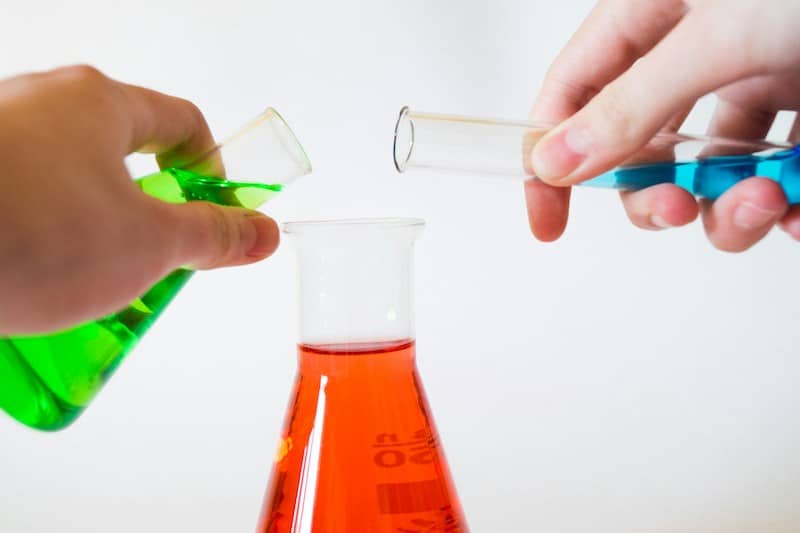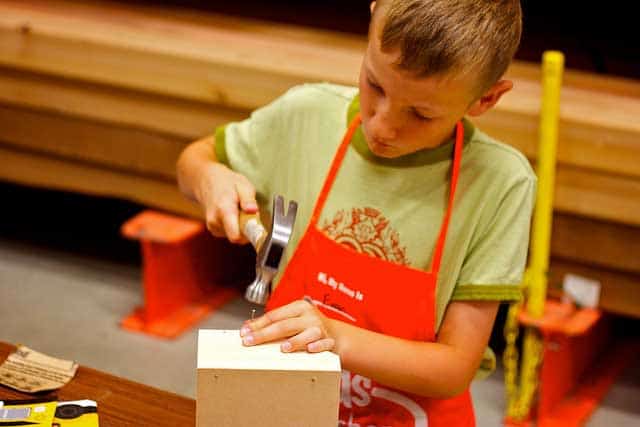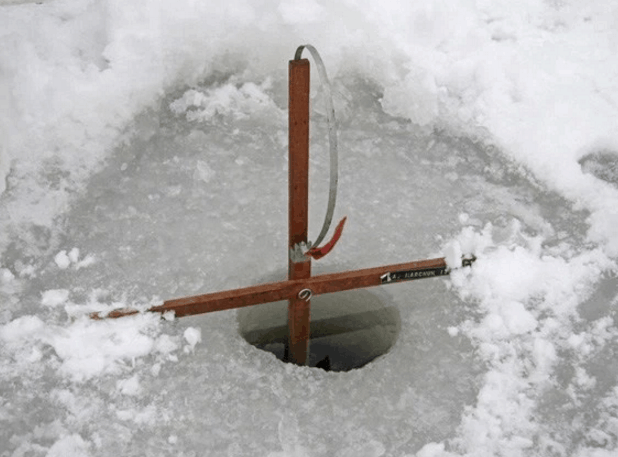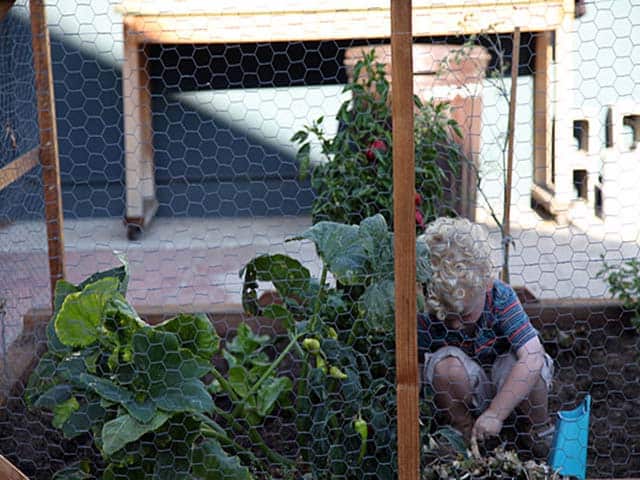Physics may seem like a complex subject, but it can also be incredibly fascinating and fun, especially when you involve your children in hands-on projects. By engaging in physics projects together, you can not only bond with your kids but also help them develop a deeper understanding of the world around them.

Understanding the Basics of Physics
Before diving into specific projects, it’s crucial to have a basic understanding of physics. Physics is the study of matter and energy and how they interact with each other. From the laws of motion to the principles of gravity, physics governs the fundamental behaviors of objects in the universe.
One fascinating aspect of physics is its ability to explain the natural world through mathematical equations and scientific principles. By delving into the realm of physics, we can unravel the mysteries of the cosmos, from the smallest particles to the vast expanses of space. The beauty of physics lies in its capacity to provide a framework for understanding the intricate workings of the universe.
The Importance of Physics in Everyday Life
Physics is all around us, shaping our everyday experiences. Whether it’s the dynamics of a moving car, the principles behind electricity, or the behavior of light, physics plays a vital role in our lives. By introducing your kids to physics at an early age, you can help them develop a lifelong curiosity and understanding of the world.
Moreover, the applications of physics extend far beyond the confines of a classroom. Engineers use principles of physics to design bridges and skyscrapers, while medical professionals rely on physics for technologies like MRI machines and X-rays. Understanding physics not only enriches our knowledge but also empowers us to innovate and solve real-world problems.
Simple Physics Concepts to Teach Your Kids
When introducing physics to your kids, start with simple concepts. Explain to them the basics of force, motion, and energy. You can demonstrate these concepts by playing with toys like cars or balls, showing them how pushing or pulling affects their movement. By making these ideas tangible and relatable, you can pique your children’s interest and lay a strong foundation for future learning.
Encouraging hands-on exploration and experimentation can foster a deeper appreciation for the wonders of physics. By engaging in fun activities like building simple machines or conducting basic physics experiments, children can develop a hands-on understanding of scientific concepts. This interactive approach not only makes learning enjoyable but also instills a sense of wonder and curiosity about the world around us.
Easy Physics Experiments for Kids
One of the best ways to engage your kids in physics is through hands-on experiments. These experiments not only make learning exciting but also allow children to see the principles of physics in action. Let’s explore a couple of easy and enjoyable physics experiments that you can try with your kids.
Creating a Homemade Lava Lamp
A lava lamp is a classic and mesmerizing experiment that demonstrates the interaction between density and buoyancy. To create a homemade lava lamp, you will need a clear container, water, oil, food coloring, and an effervescent tablet. Fill the container with water, leaving some space at the top. Add oil until it covers about two-thirds of the container’s height. Now, drops of food coloring and finally drop in the effervescent tablet. The tablet reacts with water, creating bubbles that rise through the oil, creating a lava-like effect. This experiment provides a visual representation of how water and oil, with different densities, interact with each other.
Building a Simple Catapult
Catapults have been used for centuries as siege weapons, but they are also great for understanding concepts like force and motion. To build a simple catapult, gather popsicle sticks, rubber bands, and a spoon. Stack several popsicle sticks together and secure them with rubber bands at both ends. Attach a spoon to one end of the popsicle stick structure. Place a small object, like a small pom-pom or a marshmallow, onto the spoon. Hold the popsicle stick structure with one hand and press down on the other end. Release the pressure, and your homemade catapult will launch the object into the air! This experiment helps demonstrate how stored energy in the bent popsicle sticks gets transferred into motion when released.
Physics Projects for Older Kids
If your kids are older or have a deeper interest in physics, consider exploring some more advanced projects. These projects will challenge their critical thinking skills and provide a deeper understanding of scientific principles.
Constructing a Homemade Telescope
A homemade telescope allows your kids to explore the wonders of the night sky. To create a basic refracting telescope, you will need two convex lenses, a cardboard tube, tape, and a tripod. Attach one lens to an end of the tube, and the other lens to the opposite end, ensuring they are properly aligned. Extend the tube to adjust the focus, and secure it with tape. Finally, mount the telescope on a tripod for stability. With this homemade telescope, your kids can observe distant objects and learn about how lenses focus light.
Designing a Solar Oven
Building a solar oven is an excellent way to teach your kids about solar energy and the principles of heat transfer. To make a simple solar oven, gather a cardboard box, aluminum foil, plastic wrap, and black construction paper. Line the inside of the box with aluminum foil to reflect sunlight. Cut a flap on the top of the box and cover it with plastic wrap, creating a transparent window. Line the bottom with the black construction paper to absorb heat. Place food inside the box, close the flap, and position it in direct sunlight. Over time, the sun’s energy will be trapped inside the oven, cooking the food. This project demonstrates how solar energy can be harnessed for useful purposes.
Making Physics Fun and Engaging
While projects and experiments are a great way to engage your kids in physics, there are other ways to make the subject exciting and enjoyable.
Turning Physics Lessons into Games
Incorporate physics lessons into games that your kids already enjoy playing. For example, you can introduce them to the physics of skateboarding or basketball. By understanding the principles of balance and motion, your kids can improve their skills while also gaining a deeper understanding of the underlying physics.
Utilizing Household Items for Physics Experiments
Physics experiments don’t always require special equipment. Many household items can be repurposed to conduct simple experiments. For example, you can use a ruler to demonstrate the lever principle, or a plastic bottle to explore the concept of air pressure. By utilizing everyday objects, you can make learning physics accessible and affordable.
Safety Tips for Conducting Physics Experiments at Home
As you engage in physics projects with your kids, it’s essential to prioritize safety. Here are some basic safety tips to keep in mind:
Basic Safety Rules for Home Experiments
Always supervise your children during experiments and provide clear guidelines. Teach them the importance of wearing safety goggles and using gloves when necessary. Avoid experiments that involve hazardous chemicals or dangerous temperatures. Emphasize the importance of cleaning up after each experiment and properly disposing of any waste materials.
What to Do in Case of an Experiment Gone Wrong
Despite all precautions, accidents can happen. In case of an experiment gone wrong, remain calm and ensure the safety of everyone involved. Have a first aid kit readily available and know how to use it. If needed, contact emergency services or consult a medical professional.
By following these safety guidelines, you can create a safe learning environment that allows your kids to explore the exciting world of physics confidently.
Conclusion
Engaging in fun physics projects with your kids is a wonderful way to spark their curiosity, foster their scientific thinking, and create lasting memories together. From simple experiments to more advanced projects, there are numerous opportunities to introduce your children to the fascinating world of physics. So, roll up your sleeves, gather some materials, and embark on an exciting physics adventure with your kids today!



